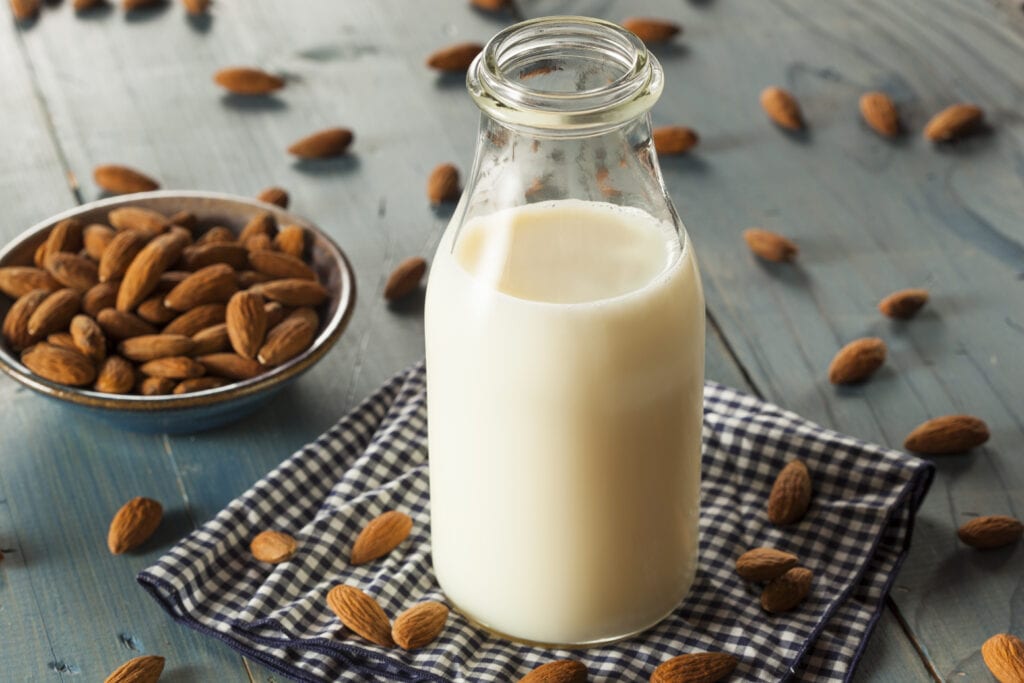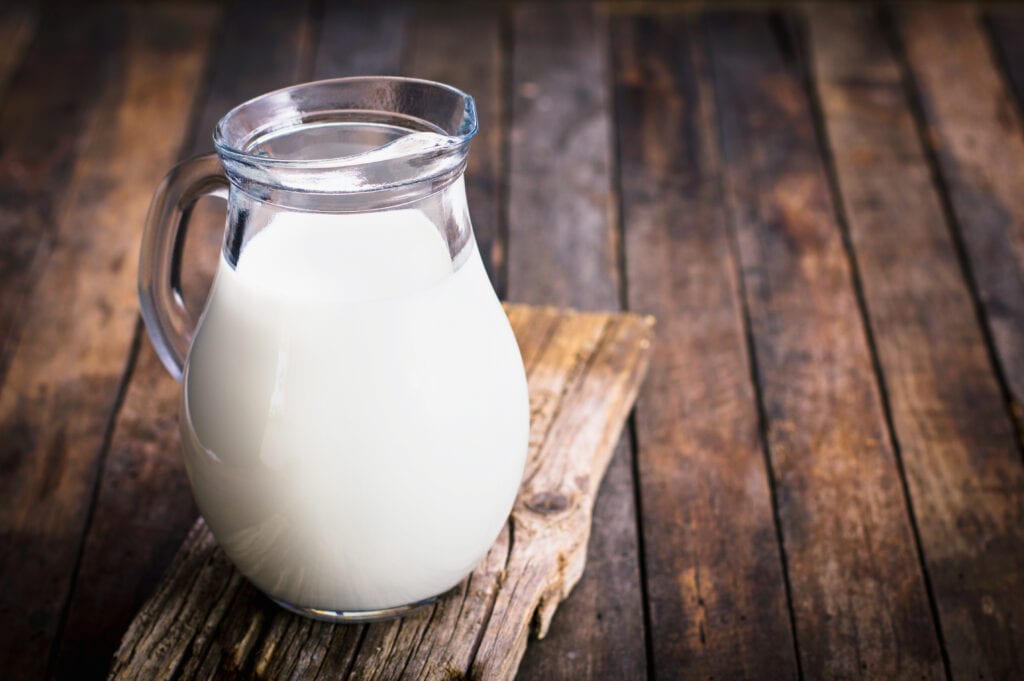
Types of Milk
People from all age groups consume milk daily. But, while drinking a glass of milk in the morning, do you know the type of milk you are consuming?
Milk is a white, nutritious fluid produced by mammals. Being nutrient-rich, it is a staple dairy item in our pantries. Although a majority of us consume milk, we do not are quite aware of its nature. Thus, today, I will be evaluating the milk and its type in detail. Dig in!
Nutrition Value of Milk
As mentioned earlier, milk is a highly nutrient-rich fluid. It contains all the essential nutrients that a human body needs to grow and remain healthy. However, the quantity and ratio of each nutrient vary with the milk source, such as cow and goat.
These nutrients include protein, carbohydrates, fats, fiber, and sugar. Milk also consist of vitamins and minerals, such as vitamin B12, Riboflavin, Calcium, and Phosphorous.
As a rich source of calcium, milk plays a prominent role in strengthening our bones and body growth. Other than this, milk gets associated with reduced blood pressure due to the presence of potassium, calcium, and magnesium.

Types of Milk
Most of us think that milk only gets categorized based on its sources, such as cow milk or goat milk. However, there are several other types of milk, too, based on its content and production method. Let’s explore each one briefly!
1. Based on Source
- Dairy
Dairy milk comes from cattle, which includes cows, buffalos, and goats. Generally, dairy milk gets more widely consumed as it is more nutritious and readily available.
- Non-dairy
Non-dairy milk does not come from cows or cattle. Instead, it is an alternative that gets produced from nuts, vegetables, grains, and other sources. Thus, the nutrient content varies considerably too. Some examples include soy milk, almond milk, oatmeal milk, and rice milk.
2. Based on Fat-content
- Whole Milk
Often, people consider that whole milk means that it consists of fats only. However, the whole milk has 3.25% of fats, which makes it a low-fat quantity. Also, the whole milk provides the highest calories, which is 149.
- Reduced-Fat Milk
The reduced-fat milk also gets referred to like 2% milk. It is primarily because the milk contains two percent fats of its total weight. People consider reduced-fat milk more healthy than the whole milk.
- Low-Fat Milk
Low-fat milk has lower fat content than reduced-fat milk. It has only one-percent fat, which has made it a popular choice amongst health enthusiasts.
- Skimmed Milk
Skimmed milk is the same as the whole milk but has minimal fat content (0.1%). You will get the same nutrient, but without any fats. People also refer to skimmed milk as fat-free milk.
3. Based on Production methods
- Organic Milk
Organic milk differs from regular milk in terms of production methods. Farmers, who supply organic milk to the market, do not give additional hormones to the cows. Neither do they add fertilizers. The cows get raised and milked in the most natural way possible. Organic milk has no chemicals. Apart from this, the nutrient content is the same as regular milk.
- Lactose-free Milk
The naturally-occurring sugar in the milk gets called lactose. In lactose-free milk, manufacturers break down this sugar before further processing. It is primarily for people with lactose intolerance as they are unable to digest lactose.
- Flavored Milk
Nowadays, manufacturers are using new techniques to promote their products. And, one of these includes the introduction of flavored milk in the market. Flavored milk has additional ingredients to make them taste and smell different. Some examples of these ingredients include chocolate, strawberry, and mango.

Forms of Milk
Another classification of types of milk is according to the modes of consumption. As of yet, human beings consume milk in the following three forms:
- Fluid
Fluid Milk refers to regular milk. Fundamentally, it is the raw milk plus liquid (i.e., water). Moreover, it gets used in the processing of any milk products.
- Powdered
Powdered milk, also known as dried milk, refers to evaporated milk. It has almost the same composition as fluid milk except for moisture content. Thus, it has a longer shelf-life. In present times, it is a huge debate about whether powdered milk is good for your health or not. However, the general say is that it contains the same nutrients as the raw milk but lacks the aroma and flavor. It could lead to a deficiency of milk-associated nutrients if the proportion of powdered milk to water is inappropriate.
- Condensed
Condensed milk refers to thick, sweetened milk, which comprises 28 percent milk solids and 8 percent milk fats. Manufacturers get such a composition by heating the milk and removing half of its water content.
Leave your comment
You must be logged in to post a comment.